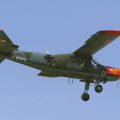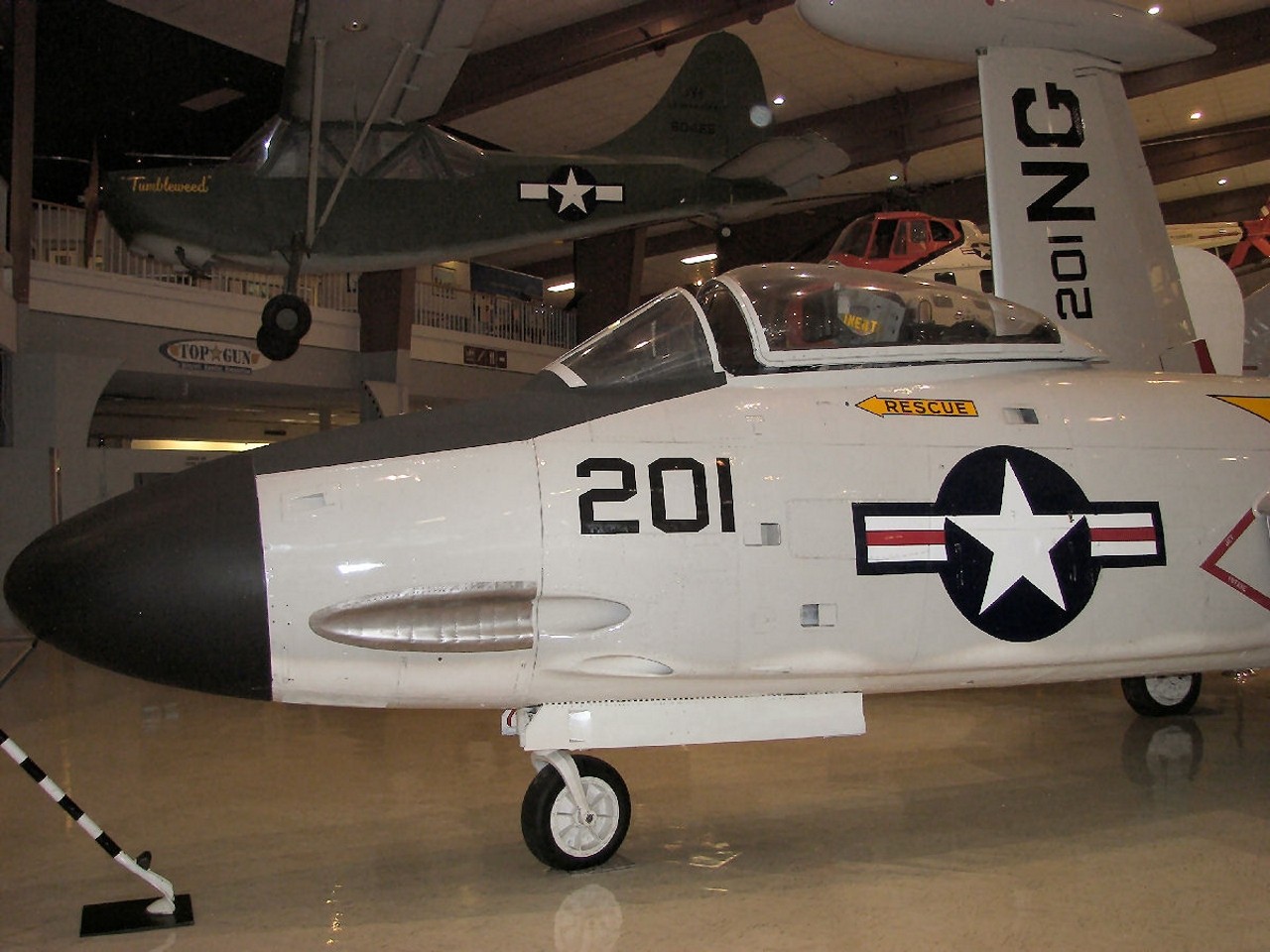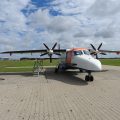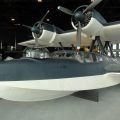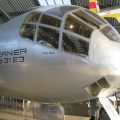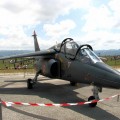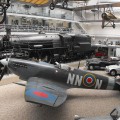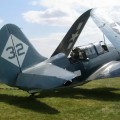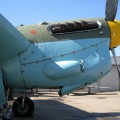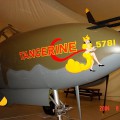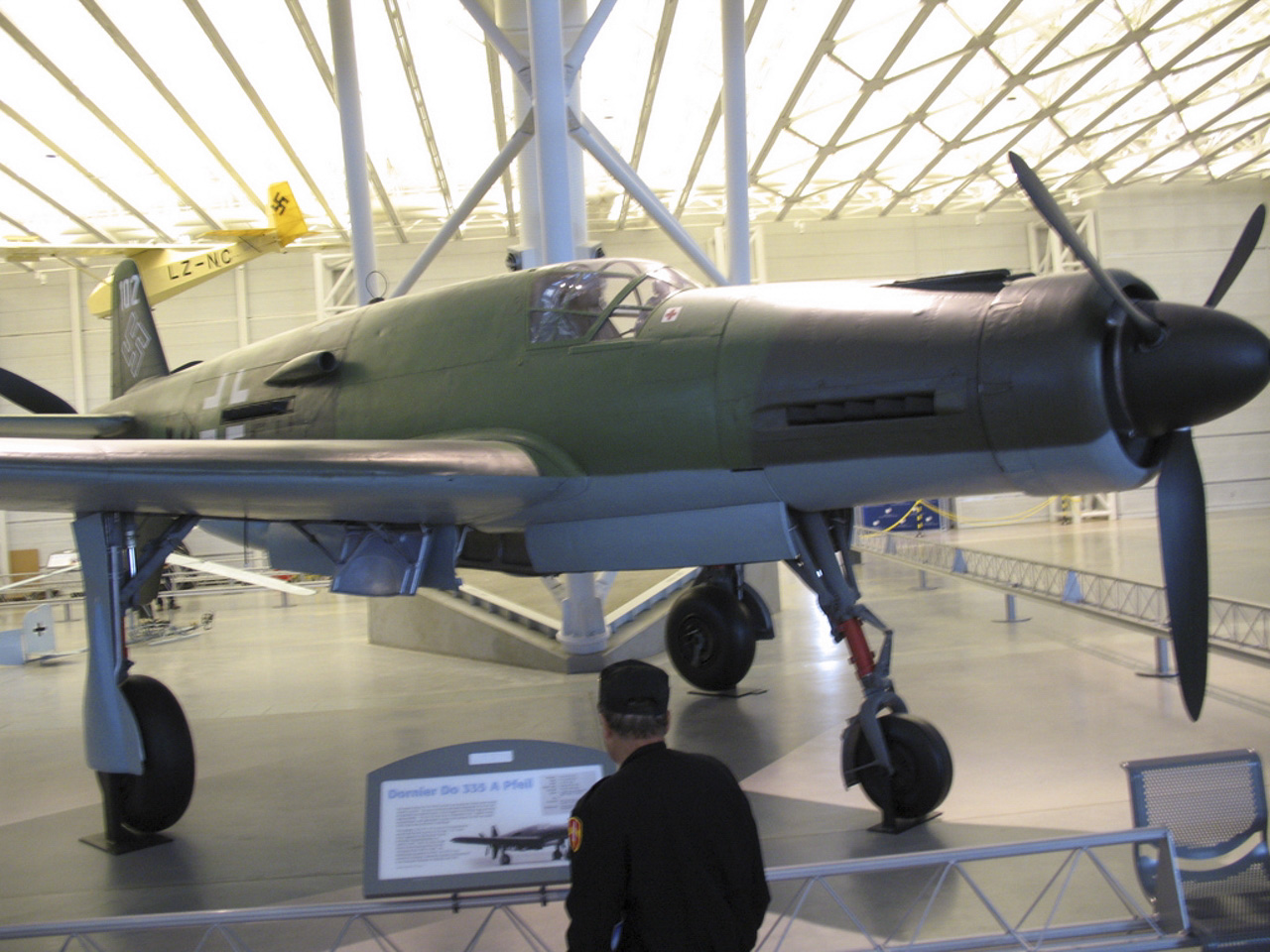
Dornier Do.335 | |
|---|---|
| Land | Nazi-Duitsland |
| Role | Jachtbommenwerper |
| Eerste vlucht | 26 oktober 1943 |
| Gebouwd | 37 |
De Dornier Do Pfeil ("Arrow") was een zwaar gevechtsvliegtuig uit de Tweede Wereldoorlog, gebouwd door de Dornier company. De tweezits trainerversie werd ook wel Ameisenbär ("miereneter") genoemd. De prestaties van de Pfeil waren veel beter dan andere tweemotorige ontwerpen vanwege de unieke "push-pull" -lay-out en de veel lagere aerodynamische weerstand van de in-line uitlijning van de twee motoren. Het was Duitslands snelste vliegtuig met zuigermotor uit de Tweede Wereldoorlog. De Luftwaffe was wanhopig om het ontwerp operationeel te krijgen, maar vertragingen in de motorleveringen zorgden ervoor dat slechts een handvol werden geleverd voordat de oorlog eindigde.
| Dornier Do.335 A-0 Pfeil Rondlopen | |
|---|---|
| Fotograaf | Cees Hendriks |
| Lokalisatie | Onbewust |
| Foto 's | 67 |
Gerelateerde kits:
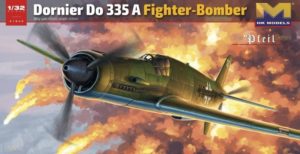
| Dornier Do 335 A B-2 Pfeil | |
|---|---|
| Fotograaf | Unknow |
| Lokalisatie | Onbewust |
| Foto 's | 26 |
Kits zoeken op eBay:
The Dornier Do.335 was a German fighter-bomber aircraft designed and built by Dornier during World War II. It was notable for its unusual configuration of two engines in a push-pull arrangement, which gave it high speed and performance. The Do.335 was also equipped with a tricycle landing gear, an ejector seat, and a pressurized cockpit. The Do.335 was one of the fastest piston-engined aircraft of the war, reaching a maximum speed of 763 km/h (474 mph) at 6,500 m (21,300 ft).
The Do.335 was developed from the earlier Dornier P.231 project, which was submitted to the RLM (Reich Air Ministry) in 1939 as a high-speed bomber. The P.231 was rejected as too risky and complex, but Dornier continued to work on the concept in secret. In 1942, the RLM became interested in the design again and ordered a prototype under the designation Do.335. The first prototype flew on October 26, 1943, and impressed the RLM with its performance and potential. The RLM ordered several variants of the Do.335, including a single-seat fighter (Do.335A), a two-seat trainer (Do.335B), a night fighter (Do.335C), and a heavy fighter (Do.335D).
However, the production of the Do.335 was hampered by several factors, such as Allied bombing raids, shortages of materials and components, and technical difficulties with the engines and propellers. Only 37 Do.335s were completed by the end of the war, and none saw combat action. Most of them were destroyed by the Germans to prevent them from falling into Allied hands, or captured by the Allies and taken for evaluation. A few examples survived in museums and private collections, and one was restored to airworthy condition in 2009.
Bekeken : 4738
